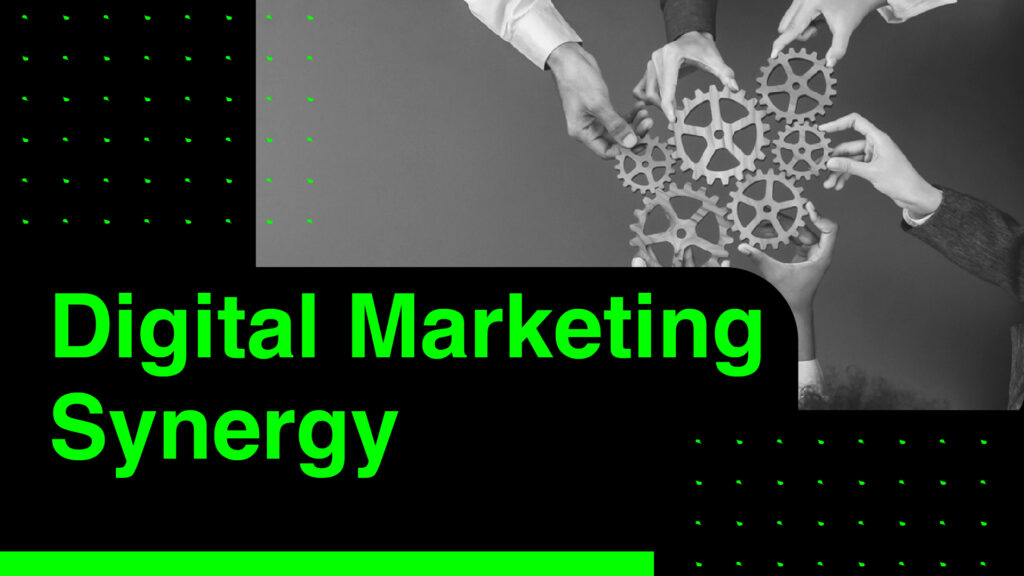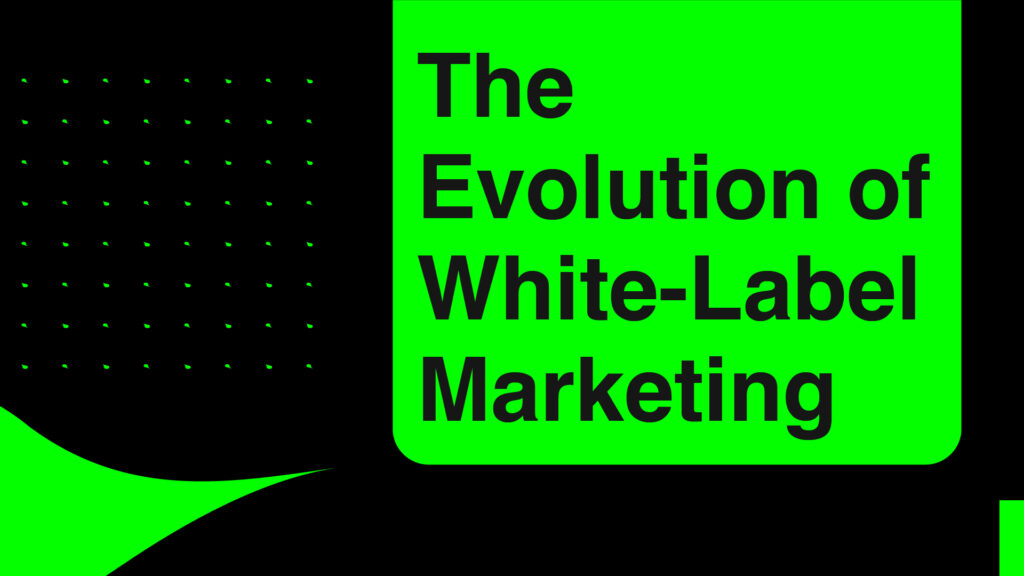Every day, marketing agencies face a common challenge: clients demanding better results while digital channels become increasingly complex. The secret to breakthrough performance isn’t just working harder – it’s working smarter through strategic integration of SEO, PPC, and social media efforts. Let’s explore how to transform these separate channels into a unified force for exceptional results.
The Integration Challenge: Why Most Agencies Get It Wrong
Picture this scenario: Your client’s SEO team is working on keyword optimization, the PPC team is running ad campaigns, and the social media team is creating content. Each team is hitting their KPIs, but something’s missing – the magical multiplier effect that comes from true integration.
“We were running three separate strategies for the same client,” confessed Marketing Director Sarah Chen. “It wasn’t until we integrated our approach that we saw our client’s conversion rates triple in just two months.”
The Power of Integrated Data: A Game-Changing Approach
Breaking Down the Data Silos
Imagine your marketing channels as members of an orchestra. When they play independently, you get noise. When they play in harmony, you create a symphony. Here’s how to orchestrate this harmony:
- Cross-Channel Keyword Intelligence Rather than having your SEO and PPC teams compete for the same keywords, use their combined data to:
- Identify high-converting keywords from PPC to inform SEO strategy
- Use organic search performance data to optimize PPC bid strategies
- Discover content gaps through combined keyword analysis
Real-World Impact: One e-commerce client saw a 40% reduction in PPC costs while maintaining the same conversion volume by strategically shifting high-performing organic keywords from PPC to SEO focus.
The Social Media Amplification Effect
Social media isn’t just about engagement – it’s a powerful tool for enhancing both SEO and PPC performance. Here’s how to leverage it effectively:
Content Synergy Strategy:
- Use social media engagement data to identify high-performing topics for SEO content
- Test ad copy variations on social media before scaling them in PPC campaigns
- Create a feedback loop between social sentiment and search strategy
Success Story: A B2B software company used social media discussions to identify customer pain points, which they then addressed through targeted blog content and PPC landing pages. Result? 65% increase in qualified leads.
Practical Implementation: Making Integration Work
Phase 1: Audit and Align
Start by analyzing your current channel performance:
- Which keywords drive conversions across channels?
- Where do you see overlap in audience targeting?
- What content performs best in each channel?
Phase 2: Create Your Integration Framework
The Hub and Spoke Model:
- Core Message (Hub): Your main value proposition
- Channel-Specific Adaptations (Spokes): How this message is tailored for each platform
- Cross-Channel Reinforcement: How channels support each other
Phase 3: Implementation and Optimization
1. Content Synchronization
Instead of creating separate content strategies, develop themes that work across channels:
- Blog posts inform social media content
- Social engagement guides PPC ad copy
- PPC landing pages align with SEO content
2. Data-Driven Decision Making
Create a unified dashboard that shows:
- Cross-channel conversion paths
- Attribution modeling
- Content performance across platforms
Real-World Success: The Power of Integration
Let’s look at a real example (with details changed for privacy):
A home services company was struggling with high customer acquisition costs. Their channels were working in isolation:
- SEO team focused on service pages
- PPC team ran generic service ads
- Social media posted general home tips
The Integrated Approach:
- Used social media polls to identify specific customer pain points
- Created detailed blog content addressing these issues (SEO)
- Developed PPC campaigns targeting long-tail keywords from high-performing blog posts
- Shared customer success stories across all channels
Results:
- 45% reduction in customer acquisition costs
- 87% increase in qualified leads
- 3x improvement in conversion rates
Future-Proofing Your Strategy
As digital marketing evolves, integration becomes even more crucial. Here’s how to stay ahead:
1. Invest in Cross-Channel Training
Ensure your teams understand how their work impacts other channels:
- SEO specialists should understand PPC principles
- PPC managers should grasp social media dynamics
- Social media managers should know SEO basics
2. Build Flexible Frameworks
Create systems that can adapt to new channels and technologies:
- Regular cross-team meetings
- Unified reporting dashboards
- Agile response protocols
Taking Action: Your Next Steps
- Audit Your Current Approach
- Map your customer journey across channels
- Identify integration opportunities
- Document current performance metrics
- Create Your Integration Plan
- Set cross-channel goals
- Define coordination protocols
- Establish measurement frameworks
- Monitor and Optimize
- Track integrated performance metrics
- Adjust strategies based on cross-channel data
- Continuously refine your approach
Conclusion: The Integration Advantage
In today’s digital landscape, the difference between good and exceptional results often lies in how well you integrate your marketing channels. By breaking down silos, leveraging cross-channel data, and creating synchronized strategies, you can achieve what isolated approaches never could.
Remember: True integration isn’t about doing more – it’s about doing better. Start small, measure carefully, and scale what works. The results will speak for themselves.
Ready to transform your digital marketing approach? The first step is understanding where you stand.


